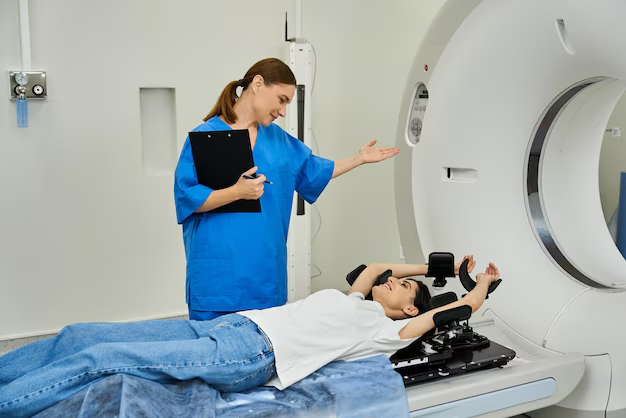How to Become an MRI Technician: Essential Degrees and Certifications
Embarking on a career as an MRI technician is both rewarding and attainable with the right educational background and credentials. Aspiring MRI technicians typically start their journey by completing an Associate’s Degree in Radiologic Technology, which provides foundational knowledge in medical imaging. This degree often spans two years and includes hands-on clinical training. Following this, obtaining certification through the American Registry of Radiologic Technologists (ARRT) is highly recommended. The ARRT certification not only validates your expertise but also enhances job prospects, as many employers prefer certified technicians.
Beyond the initial requirements, pursuing further specialization through Certificate Programs in MRI Technology can provide a competitive edge. These programs delve deeper into MRI principles and are valuable for those who wish to advance in the field. Achieving success as an MRI technician also requires a commitment to lifelong learning, as the medical imaging field continually evolves with new advancements and techniques. Embracing these educational pathways ensures a robust career in healthcare, marked by both skill and opportunity.
Essential Pathways to Becoming an MRI Technician:
-
🎓 Associate’s Degree in Radiologic Technology
Duration: Typically 2 years -
📜 ARRT Certification
Importance: Enhances credibility and job opportunities -
📚 Certificate in MRI Technology
Benefit: Specializes and deepens MRI knowledge, offering a competitive advantage
